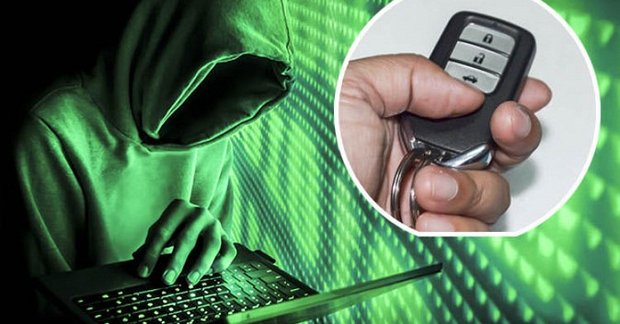
New vehicles are loaded with useful technology but like any other “connected” device they are vulnerable to hacking and other malicious activity.
How can you stay safe?
Update the Software
Firmware and other software updates are released by the manufacturer. You can take your car in for service and request that they check for and apply any updates that are available or refer to the user manual and apply the updates yourself. Updates keep your vehicle safe by patching security vulnerabilities.
Connect with the Manufacturer
Contact the manufacturer when you purchase your vehicle. Find out what steps you need to take to ensure that the technology in the vehicle is safe and secure.
Provide the manufacturer with your contact information, they can notify you of any tech related recalls and other problems and inform you of any updates that should be applied.
You can also check https://www.nhtsa.gov/recalls to see if there are any current recalls for your vehicle.
If you are purchasing your vehicle from a dealership, ask them to teach you how to use and maintain the technology features in your car.
Keep Apps Updated
Many new vehicles use smartphone apps. The app lets you do things like remotely start your vehicle, lock and unlock the doors, locate the vehicle, view service diagnostics, upload directions to the navigation system, request roadside assistance and more. It is important to keep the app up to date and protect it with a strong password. Change the password regularly and use multi-factor authentication.
Turn Off Bluetooth
If you are not using the Bluetooth feature turn it off. Bluetooth is vulnerable to data attacks.
Secure the Wi-Fi
Many newer vehicles come with Wi-Fi, this allows you to connect your vehicle to the internet. Choose a secure password and change it regularly. Turn the Wi-Fi off if you are not using it.
Onboard Diagnostic Port (OBD)
These ports allow mechanics and service technicians to retrieve data from your vehicle such as error codes and other statistics.
Service technicians use an OBD reader to access this information. But crooks can also use OBD readers for malicious purposes including cloning your cars key. The OBD port is located inside the passenger compartment, generally under the dashboard. To prevent a thief from gaining access to the OBD port keep your car locked at all times and take it to mechanics and service centers you trust.
Relay & Keyless Jamming Attacks
A key fob works by communicating with a vehicle when it is within range and can be used to unlock and start the vehicle. A relay attack happens when a thief uses relay boxes. They use one box to read the signal from a nearby key fob and then relays that signal to the second box that is near the vehicle. This tricks the vehicle into believing that the key fob is close by. The criminal can unlock the doors and start the vehicle. To keep your key fob safe, you can try wrapping it in foil. The foil blocks the electromagnetic signal from the fob so that a relay box cannot pick up the signal. You can also purchase a Faraday Bag to protect your key fob.
Keyless jamming blocks the signal coming from the key fob. You push the lock button on the key fob and believe your vehicle has been locked but the thief can jam the signal so that it does not reach the vehicle and lock the doors. This allows them free access to the vehicle. You should verify that your doors are locked before stepping away from your vehicle. You can also purchase a steering wheel lock for added safety.
Telematic Vulnerabilities
Telematics work by retrieving data from the vehicle and sending it over the internet. Insurance companies use telematics data to gather information about your vehicle and driving habits. They can then offer safe driving rewards and other discounts on auto insurance policies.
Telematics monitors and reports a vehicles status which can include speed, tire pressure, mileage and fuel usage, driver behavior and more. But any connected system is vulnerable to hacking. If a hacker gains access to the system, they can control the vehicle remotely.
Be sure your vehicles software is up to date, limit access to your vehicle and don’t allow anyone to connect any devices to the USB or OBD ports in your vehicle. Talk to the manufacturer and find out what other safety precautions you should take.